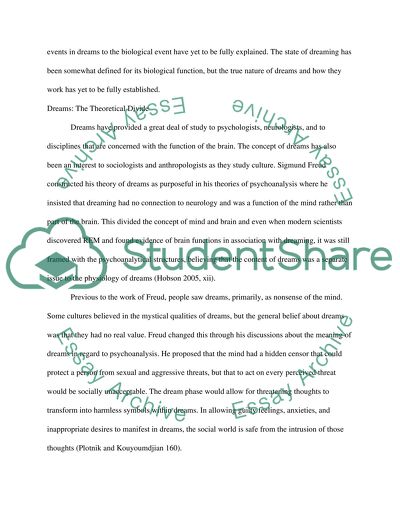Cite this document
(“How Do Dreams Work Research Paper Example | Topics and Well Written Essays - 3000 words”, n.d.)
Retrieved from https://studentshare.org/family-consumer-science/1418498-how-do-dreams-work
Retrieved from https://studentshare.org/family-consumer-science/1418498-how-do-dreams-work
(How Do Dreams Work Research Paper Example | Topics and Well Written Essays - 3000 Words)
https://studentshare.org/family-consumer-science/1418498-how-do-dreams-work.
https://studentshare.org/family-consumer-science/1418498-how-do-dreams-work.
“How Do Dreams Work Research Paper Example | Topics and Well Written Essays - 3000 Words”, n.d. https://studentshare.org/family-consumer-science/1418498-how-do-dreams-work.


